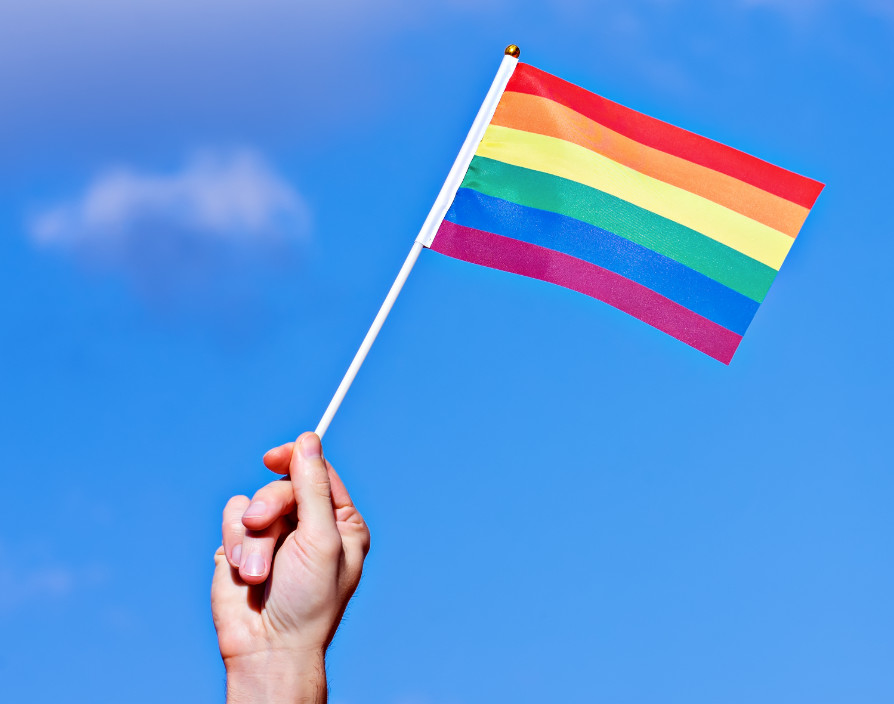Employer’s guide to handling LGBTQIA+ discrimination in the workplace
CEO of A City Law Firm Karen Holden’s guide on tackling LGBT+ workplace bullying and harassment and what organisations need to know when it comes to managing discrimination.
Over the years there has been major changes in LGBT+ rights, legal attention and challenges. This has seen on one side a growing acceptance of the community, especially in liberal countries like the UK, but on the other side there are more cases and claims of equality being breached. In terms of equality in the workplace despite some businesses real efforts to increase diversity and inclusion there is still more to be done. Whilst the law is evolving as are employers, managers, colleagues likewise adapting.
CIPD inclusion at work 2021 study reveals that LGBT+ employees are more likely to experience workplace conflict and harassment than their heterosexual, cisgender counterparts. 40% of LGB+ workers and 55% of trans workers have experienced such conflict, compared with 29% of heterosexual, cisgender employees. In addition, over 20% had experienced a negative or mixed reaction from others because of being LGBT+, and over 75% who had experienced a ‘serious’ workplace incident related to their sexuality said they didn’t report it because they thought nothing would happen or change.
Businesses should ensure all employees feel safe and are treated with respect at work. There should be a zero-tolerance policy when it comes to bullying and harassment of any kind. It is also important to make staff aware of these policies and the help available to them in case of discrimination. Educating the workforce is key so that employees understand what behaviour is unacceptable. It is also essential this is seen to come from management down so the ethos of the employer washes over its employees and managers. Policies must be available, transparent, monitored and more so enforced when it comes to inclusion.
What is bullying and harassment?
Bullying and harassment is behaviour that makes someone feel intimidated or offended. Harassment is unlawful under the Equality Act 2010.
Bullying or harassment takes place in various forms, either in person face-to-face or other means from letters, emails, social media or over the phone. Examples of bullying or harassing behaviour include:
- Spreading malicious rumours
- Unfair treatment
- Personal insults
- Being picked on or regularly undermining someone
- Denying someone’s training or promotion opportunities
- Homophobic or racial slurs
- Expressions of disgust or intolerance towards individuals
This includes more subtle discrimination, such as derogatory jokes, misgendering and stereotyping too.
Identifying harassment at work
Bullying on its own isn’t actually against the law, however, harassment is. Harassment includes bullying if it relates to a protected characteristic. It can be recognised when the unwanted behaviour is related to one of the following factors:
- Age
- Sex
- Disability
- Gender reassignment
- Marriage and civil partnership
- Pregnancy and maternity
- Race
- Religion or beliefs
- Sexual orientation
This is also relevant to ‘perceived’ characteristics too, for example, if you are treated a type of way because they ‘think’ you’re gay. The ‘jokes’ might also not be focused on you directly, but you are aware of them in the workplace, and you personally feel harassed by this threat.
Actions employees can take
If an employee is being bullied or harassed, they should first attempt to remedy the issue informally. If this does not work or is not possible, they should discuss the issue with their manager or if necessary, contact the human resources (HR) department or a trade union representative and keep records and notes of the circumstances, comments, timeline and events.
If the problem still isn’t resolved they can make a formal complaint using their employer’s grievance procedure. Businesses should take these issues seriously as employees can escalate this further and if there is still an issue, legal action can be taken at an employee tribunal. They could also call the Acas (Advisory, Conciliation and Arbitration Service) helpline for advice. If the harassment is outside of work by a colleague this can still be addressed and accepted as an employment grievance. Additionally, if the harassment becomes threatening or physical it can also be reported to the police.
If an employee is treated less favourably as a result of their sexual orientation, for example, by their employer or the grievance is taken less seriously this could expose the employer to a claim for discrimination, failing to follow a fair process and ultimately constructive (unfair) dismissal.
How employers can manage workplace discrimination for LGBT+ staff
Employers are responsible for creating and maintaining a safe workplace which includes preventing bullying, intimidation and harassment and are liable for any harassment suffered by their employees. Employees are protected by a combination of policies and legislation. It is important various factors and actions are considered to protect all staff members. This can be through the below:
Creating a strong culture
Workplace discrimination can be managed by ensuring the organisation has a strong ethos which is built on a diverse and accepting work force. A company can help to reduce homophobic, bi-phobic and transphobic bullying by creating and enforcing clear policies as well as expressly stating support for diversity amongst employees. This can also be assisted with training, seminars, newsletters and various pro-active ways to promote equality.
Being firm
Discrimination is an issue which must be tackled head on. Companies must clearly make it known that they are diametrically opposed to this behaviour from the outset showing they are ready to take action by reacting to complaints swiftly, openly and fairly. Positive reinforcement in the benefits of a diverse work force, combined with a firm stance against bullying, will help reinforce that any discriminatory behaviour will not be tolerated.
Being clear
In order to reduce bullying and discrimination, employers need to have clear policies and staff handbooks addressing grievances, disciplinary and discrimination so it’s clear to all staff. It’s also favourable to educate staff on diversity and inclusion to create a mutual understanding of unacceptable behaviours and treatment, leaving no room for misinterpretation.
Setting a good example
The company ethos of acceptance should be demonstrated by senior staff setting positive examples and addressing any negative or discriminatory behaviour immediately. In addition, LGBT+ staff networks and visible LGBT+ role models and allies in leadership positions will help to demonstrate that companies are championing a diverse workforce. This will also make it less likely for members of staff to feel alienated.
Everyone deserves to be treated equally and with respect. Equality should be demonstrated to all staff, regardless of race, religion, sexuality, gender identity or perceived sexual orientation.
“
Share via:









































